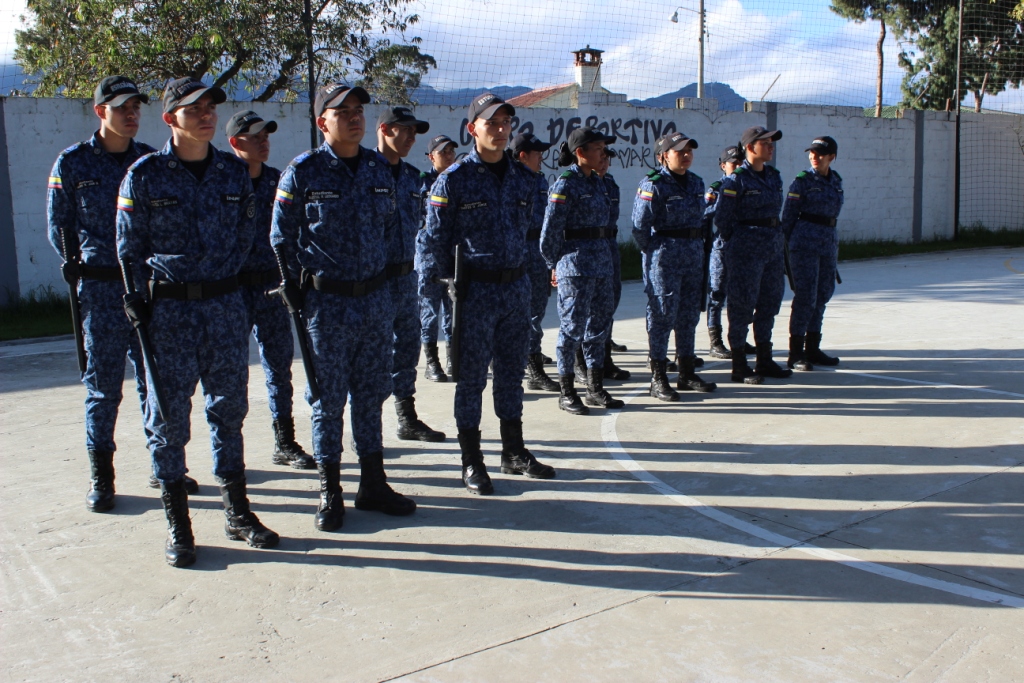Colombian bill proposes special pension for workers in high-risk occupations

The Colombian Congress is studying a bill that proposes guaranteeing a special old-age pension for workers exposed to high-risk working conditions.
The initiative establishes clear criteria for recognizing the benefit, while strengthening the obligations of employers and social security system entities.
The bill, supported by legislators from different political parties, contemplates the recognition of a special pension for workers whose work reduces their healthy life expectancy or requires early retirement.

Photo: Photomontage from iStock images.
- Underground mining.
- Work exposed to extreme temperatures.
- Activities with exposure to ionizing radiation.
- Work with carcinogenic substances.
- Air traffic controllers.
- Firefighters involved in extinguishing fires.
- Officials of the National Penitentiary and Prison Institute (INPEC) in charge of the custody of inmates.

Photo: Inpec
New occupations will also be allowed to be included through a technical guide that the Ministry of Labor must issue and periodically update, based on national and international occupational health criteria.
Requirements to access the benefit- Have reached 55 years of age.
- Have contributed at least 700 weeks in high-risk activities, either continuously or intermittently.
- For every additional 60 weeks of special contributions, the minimum retirement age is reduced by one year, but cannot be lower than 50 years.
Employers are required to make an additional 10% contribution for as long as the worker remains in a high-risk occupation, regardless of whether they have already completed the minimum number of weeks. Failure to comply with this obligation carries penalties that can exceed 800 times the current legal monthly minimum wage.

Photo: MAURICIO MORENO EL TIEMPO
When the employer does not recognize the risky nature of an occupation, the worker may apply to the Ministry of Labor to request a high-risk status certificate. This request must be resolved within a maximum of 30 calendar days and will be based on the worker's work history, the work environment, and a risk assessment according to the Occupational Health and Safety Management System.
Once the risk has been verified, the case will be referred to Colpensiones and the Pension and Parafiscal Management Unit for processing.
The law also provides for the creation of a National Identification, Registration, and Monitoring System for workers and companies involved in high-risk occupations, which must be interoperable with the pension and occupational risk system databases.
Colpensiones will be responsible for recognizing and paying this special pension, including for workers affiliated with the Individual Savings with Solidarity Scheme, who may be transferred to the Average Premium Scheme without additional requirements.
The Ministry of Labor will have six months to issue the technical guide for identifying high-risk occupations and form a tripartite committee—composed of the government, employers, and workers—to develop and update it every five years.
More news:eltiempo





